Fruits come in many sizes, shapes, and colors! They give you yummy and pleasant sensations and provide your body with nutrients, thus keeping you healthy. This complete guide will ensure that people recognize these rarely-seen fruits and that their distinctiveness, healthiness, and culinary characteristics are considered.
If you like fruits, are a fitness enthusiast, or want to try new things, you should try any of this list of fruit.
Fruits that start with "O" can not only provide you with nutrition but also make you happy. You can also maintain this mood in another way, that is, by customizing your own style of fruit pens.
Custompens. co can provide Custom Pens Low Minimum. You can use it to record the unique taste of newly discovered fruits or share your own healthy eating experience so that you can enjoy the wonderful moments brought by fruits.

No matter if you gather it personally or present it to fruit aficionados, fitness buffs, and the like, it remains a one-of-a-kind selection.
You may see some fruits you already recognize, like oranges and olives. But sometimes you can find something unusual too! Different in flavors from one to another. Every single one of them is unique.
They all have their characteristic taste and excellent benefits for our health. Then why not eat the fruits that begin with the letter "O"?
From the beginning day, we all have one of the most common fruits that is served on all breakfast tables - Oranges. Rich in Vitamin C and known for their immune-boosting characteristics, oranges are terrific fruits enjoyed alone or used in various meals. They are generally sour, and their juice is the central component of most drinks, marinades, and dressings.
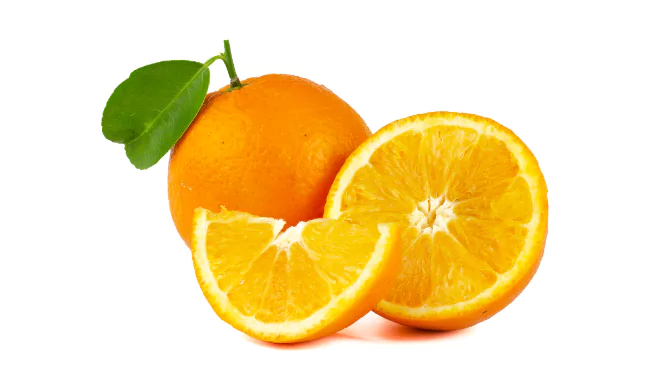
Olives are popular in the Mediterranean diet because of their high salt content and also because they make food taste better. Olives like a warm climate and well-drained soil. It takes time to mature and full fruit in 4 to 15 years after planting.
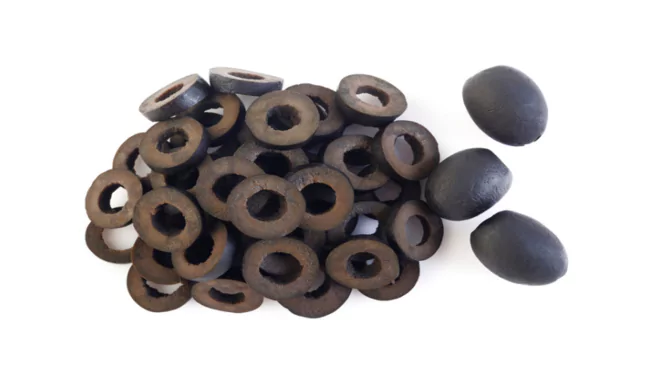
Otaheite Apples is smooth, red to dark red/crimson on the skin, while the inside is a white pulp. It has a single brown seed inside. Otaheite Apples have similar shape of avocado or pear.
It has a mild, sweet taste with a hint of rose that is quite juicy/watery. From soft to spongy.
The countries where this fruit grows have many names. It is nutritious and has popular applications, e.g. Raw drinks, beverages (e.g. wine, juices- alcoholic and non-alcoholic), cooked foods, sauces, jellies, jams, syrups, medicinal products, hair growth, salads (flowers).
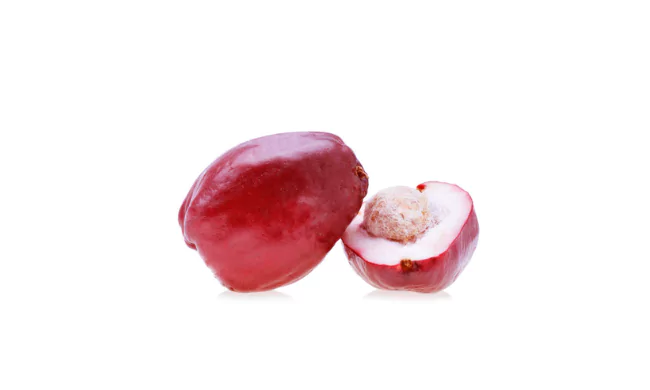
Olallieberry has the looks of blackberry. But genetically, it is about 60% blackberry and 40% red raspberry. Olallieberries are closely related to blackberries and look like them, but differ in their growth habit; berries grow on vines instead of blackberries that grow on thorny bushes.
Ollalieberries are a source of vitamin A to help with the proper functioning of organs, fibre for digestion regulation, and vitamin C to boost the immune system. However, fresh fruits are available only in a season that occurs every year, and mostly are grown in United States California, Bay Area, Central Coast region and Southern California.
Besides that, the fruits are also grown on a small scale in Washington and Oregon as well. Being of high season, Olallieberries are a valued delicacy sold through select distributors, direct from growers, or at farmers’ markets. This species is also known as Ollalieberry, Ollalaberry, Olalliberry, and Ollaliberry and is commonly used in beverages, baked products, and preserves.
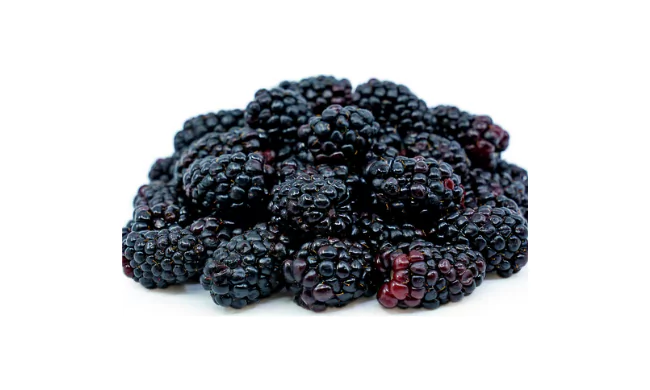
Ogeechee limes are a citrus fruits. They are juicy, but not particularly sweet. They have a tart citrus flavor similar to key limes. While unripe Ogeechee limes can be green, they turn a bright yellow when ripe.
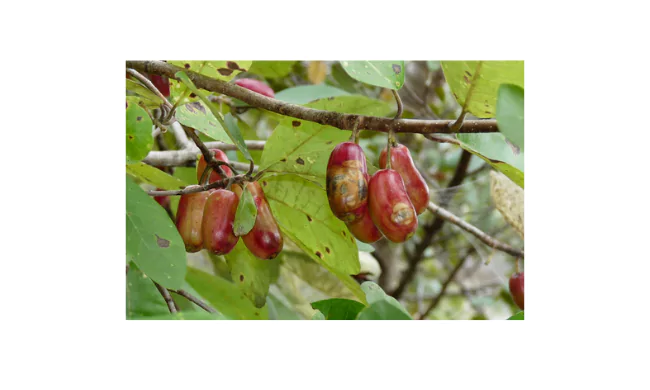
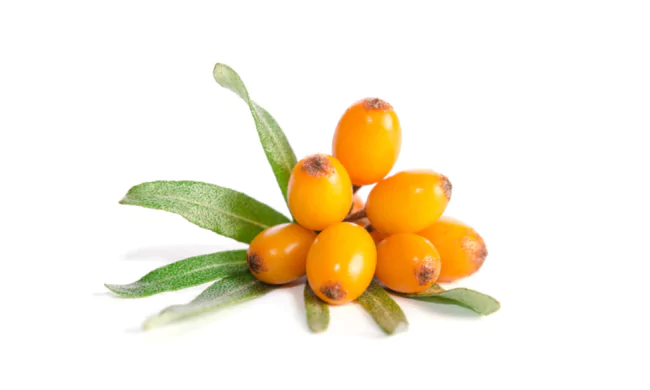
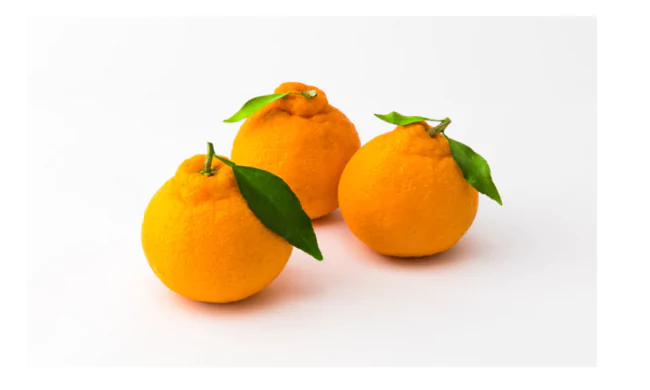
Orinoco Apples beans can be found throughout South America, varying in texture and flavor, and are also known locally as topiro, tupiru, cocoa. Fruits are largely consumed for medicinal and culinary purposes within the Amazon, especially in Peru.
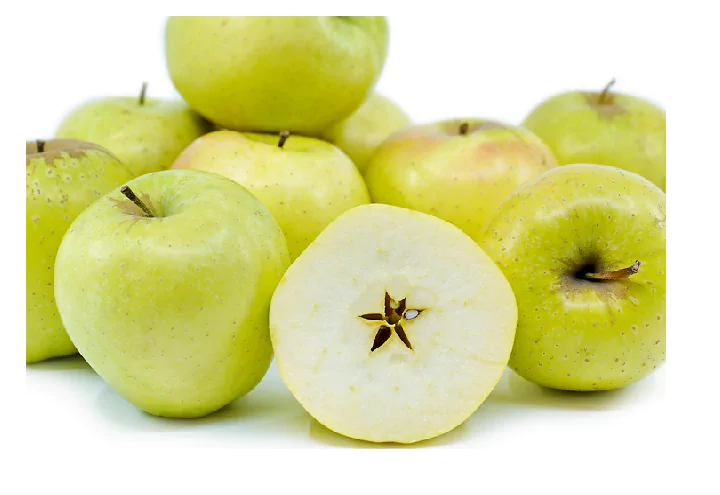
Oroblancos are oval or round with a thicker skin than the grapes. Eating oroblanco lacks the bitterness associated with grapefruit, the outer green skin and sweet, but the white veil separating the fleshy parts is bitter and the skin is often toasted tough, easy to peel like a oranges, and packed with about 100% the recommended daily allowance of vitamin C' in each.

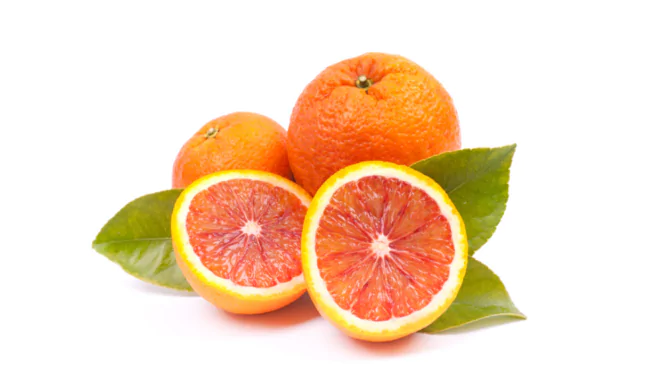
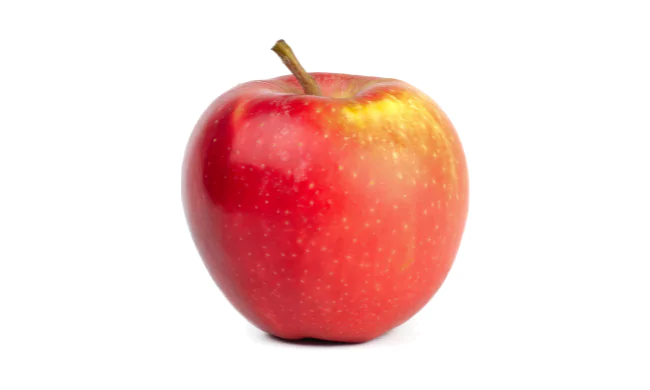
The Oaxacan Sour Gherkin is a slightly new name for a favorite little fruit that has been enjoyed by the natives of Mexico and Central America since pre-Columbian times, it is commonly called Melothria scabra, according to botanists know it, “little melon” in Spanish, sandita, and “mouse melon” in different languages. They call it.*
The fruit looks like little grapes. Some people describe the flavor as cucumber mixed with lemon lime, followed by a sharp kick.
It can be eaten raw, sliced or individually like grapes if you like the fresh taste in salads, whole or pickled, used as garnishes for drinks, and even packaged as a vegetarian dish.
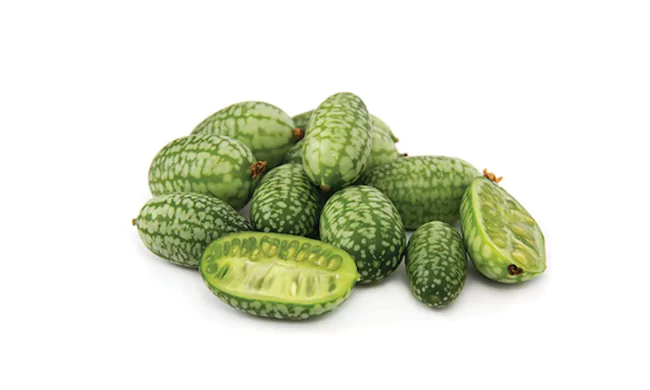
This is a real fruit, but it's not actually a gooseberry. It's a tropical fruit native to Southeast Asia and the Pacific Islands. Otaheite gooseberries are small, green fruits with a star-shaped cross-section. They have a tart, citrusy flavor and are often used in pickles, chutneys, and other condiments.
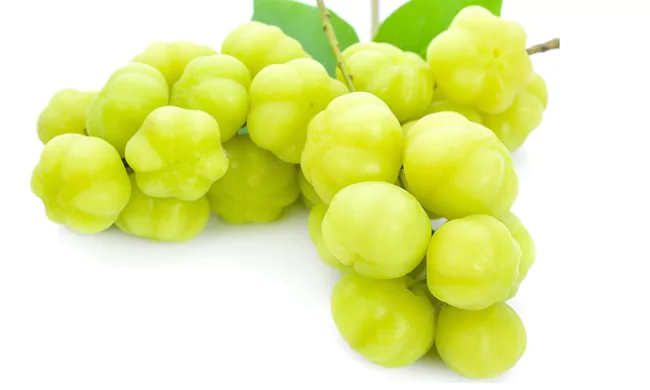
Just like Ogallala Strawberry, this probably means a particular variety of strawberry that is grown in the Ozarks area of the United States.
Ozark Beauty and Ogallala are different categories of strawberries. They come in different forms which include their own uniqueness in the way they taste, their size, and how they grow. Although they both are known types of strawberries, they have various differences that make them special.
It is the variety of Spanish apple Malus domestica. Opal apples are famous for their brilliant yellow skin that is slightly reddish. They are extensively preferred by everyone, because they are crisp and juicy with that added sweetness and tangy flavor. It is worth mentioning that these apples that are cut remain whiter in color, unlike with most apples that turn brown shortly after getting cut.
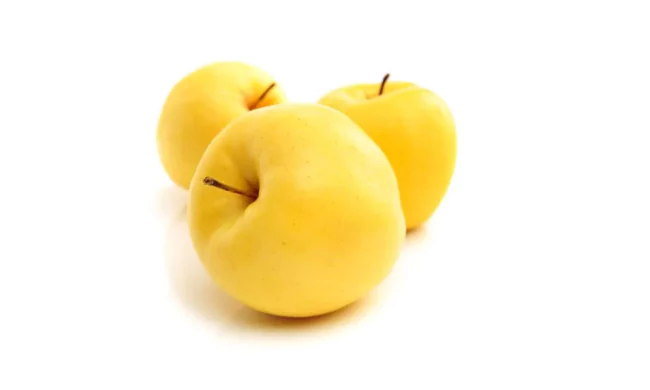
Osteen mangoes are famous for their oval shape, vibrant orange-red skin, and sweet, juicy flesh with a slight fiber content. They are a good variety very conmpated for the great texture and fragrance.
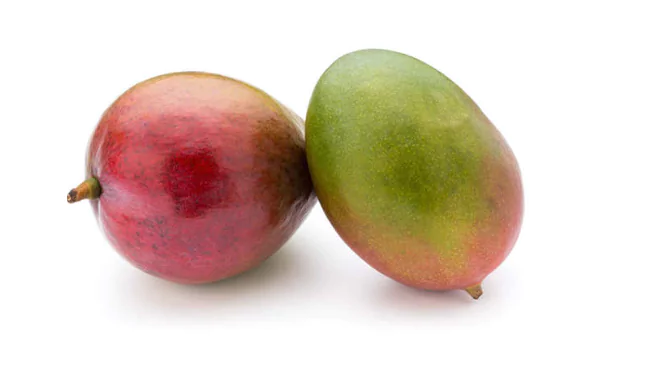
While fruits starting with the letter "O" may not be as familiarly known as others, they offer a tasty journey through the world of flavors. Eating the fruit in all its distinctive taste and nutritional values is an opportunity to immerse yourself in its immense quality and the wellness that it brings. By including these fruits in your regular diet, you will benefit through increased health levels and an elevated understanding of biodiversity.